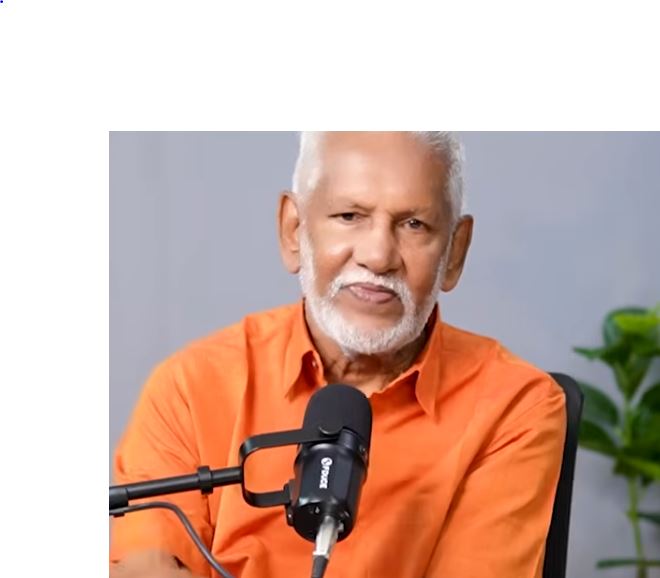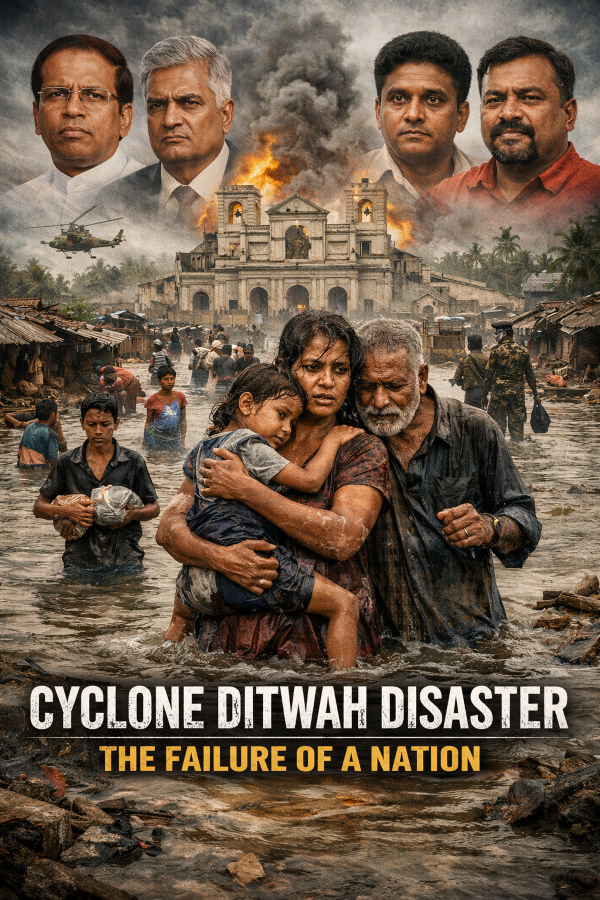Life in Gaza Today: A Human Perspective – By Dr Harold Gunatillake

Image Source : www.aol.com
Daily Realities and Resilience Amid Adversity
The Current Landscape
Life in Gaza has changed a lot because of the ongoing conflict and humanitarian struggles. What used to be a lively scene of families, community, busy markets, and daily routines now feels uncertain and complex. The sounds of everyday life—children heading to school, families shopping, neighbours saying hello— are now part of the past for many.
Living Under the Shadow of Conflict
For Palestinian families, fear has become an unwelcome companion. The presence of drones and continued military activity overhead has compelled communities to coexist with perpetual anxiety, as the threat of violence remains imminent. Numerous families have experienced heartbreaking losses, and the absence of loved ones is profoundly felt throughout the community.
The Loss of Markets and Scarcity of Food
Image Source : shutterstock
The destruction of shops, food stalls, and open markets has resulted in significant shortages. Access to essential resources, including food, clean water, and medical supplies, remains limited. Humanitarian efforts are in place; however, reaching those in need remains a persistent challenge due to security concerns and damaged infrastructure.
Acts of Solidarity and Resourcefulness
Notwithstanding these challenges, the inhabitants of Gaza have demonstrated notable resilience. Residents have coordinated efforts to prepare modest meals such as lentil soup and distribute food to the most vulnerable populations. These gestures of benevolence and communal assistance exemplify the resilient spirit of Gaza’s residents, who continue to care for one another despite adverse circumstances.
Hope and the Road Ahead
The situation remains relatively complex, as political, historical, and humanitarian factors all come into play. Many people in Gaza hold onto hope that peace and security will someday return, giving families the chance to rebuild their lives and communities.
This hope, despite all the hardships, continues to live warmly in the hearts of those who have lost so much.
A Call for Peace
The desire for a peaceful future is something we all share. There’s a heartfelt hope to see violence end and daily life return to normal—where children can play happily without fear, families can come together freely, and markets are lively once more.
Everyone hopes that someday, Gaza will flourish again and its people will enjoy safety and dignity.
From ‘Newsweek’
Israeli Prime Minister Benjamin Netanyahu stated on Sunday that there is no starvation in Gaza, nor any policy of starvation, and reaffirmed Israel’s commitment to achieving its military objectives.
Conversely, the United Nations and international humanitarian organisations have contested this assertion. Furthermore, President Donald Trump, a prominent ally of Israel, expressed scepticism regarding Netanyahu’s claim when queried by a reporter.
Trump remarked on Monday, ‘ I don’t know. I mean, based on television, I would say not particularly because those children look very hungry,” and added that there is’ absolute starvation in Gaza’ which cannot be faked. Many international humanitarian agencies, including United Nations entities, have accused Israel of obstructing an adequate flow of humanitarian aid into Gaza, thereby intensifying the dire conditions faced by the approximately two million residents of the territory.
‘Starvation Is Widespread’
Many international humanitarian organisations, including U.N. agencies, have accused Israel of blocking a sufficient amount of aid from reaching Gaza, exacerbating desperate conditions for the territory’s approximately two million people.
The Gaza-based Palestinian Health Ministry, which the territory’s Hamas-led government oversees, reported Saturday that five more people had died of
starvation, bringing the total number of deaths due to hunger in Gaza since the war began on October 7, 2023, to 127, including 85 children.
Israel announced in March it would block the flow of aid into Gaza, arguing that Hamas was diverting such shipments for the group’s benefit. Israel later authorised one organisation, the U.S.-backed Gaza Humanitarian Foundation, to operate in select distribution points.
The U.N. has declined offers to collaborate with the Gaza Humanitarian Foundation, contending that the group’s system jeopardised Palestinian lives amid ongoing reports of violence at aid distribution sites. Israel has accused the U.N. of failing to facilitate the entry of aid convoys into Gaza due to its lack of cooperation.
Amid growing international pressure, Israel announced last week that it would begin to allow Arab countries such as Jordan and the United Arab Emirates to resume airdropping aid packages into Gaza. The Israel Defence Forces (IDF) then announced Sunday that its forces would begin a daily “tactical pause” for humanitarian purposes in three areas: Gaza City, Deir al-Balah and Musawi.
The announcement was welcomed by U.N. agencies, including the World Food Program, which noted in its statement Sunday that “some 470,000 people are enduring famine-like conditions” and “people are dying due to a lack of humanitarian assistance.”
Tess Ingram, Middle East and North Africa spokesperson for the United Nations Children’s Fund (UNICEF), argued the situation remained critical.
“The evidence from the Gaza Strip is clear – malnutrition is rising, fast, due to the lack of food, safe water and nutrition treatments,” Ingram told Newsweek. “Starvation is widespread, and it is killing people, especially children.”
She testified that colleagues in Gaza had spoken with mothers “who are watching their babies waste away in front of them, and medics who are despairing about their inability to save them.” She said UNICEF has also conducted interviews with children “who were injured in the desperate search for food, or watched a parent be killed in front of them while trying to get a little bit of aid.”























